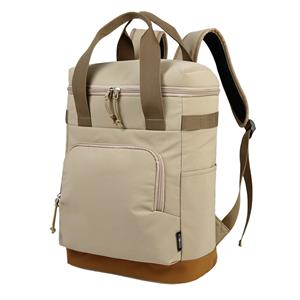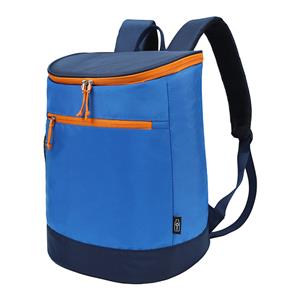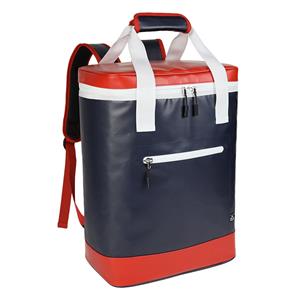- Corporate News
- Industry News
- Blog
- Product news
Outdoor Coolers: The Science of Thermal Efficiency
The performance of outdoor coolers is rooted in the principles of thermal physics, a scientific foundation that dictates how heat is transferred and controlled within the cooler's environment. Understanding this science allows manufacturers to engineer coolers that maximize thermal efficiency, ensuring that users can rely on consistent performance across a range of outdoor conditions. The interplay of conduction, convection, and radiation forms the basis of cooler design, with each mode of heat transfer addressed through specific technological and material solutions.

Conduction is the transfer of heat through direct contact between materials. In the context of outdoor coolers, this occurs when the warmer external environment comes into contact with the cooler's exterior walls. To combat conductive heat transfer, coolers employ thick layers of insulation materials with low thermal conductivity. High - density polyurethane foam is a common choice due to its cellular structure, which creates numerous tiny air pockets that impede the flow of heat. The smaller and more interconnected these cells, the better the foam's ability to reduce conduction. Vacuum - insulated panels take this concept further by eliminating air entirely from the insulation layer, creating a near - perfect barrier against conductive heat transfer.
Convection involves the movement of heat within fluids, such as air or water. In a cooler, convective heat transfer can occur when warm air enters through gaps in the lid or walls, displacing the cold air inside. To address this, coolers are designed with tight - fitting lids and compression seals that minimize air infiltration. The shape of the cooler's interior also plays a role; a well - designed cooler will have smooth interior surfaces and minimal obstructions to reduce air circulation once the lid is closed. Some advanced coolers incorporate one - way valves that allow the escape of warm air when the lid is opened but prevent its re - entry when closed, further reducing convective heat gain.
Radiation is the transfer of heat via electromagnetic waves, primarily in the form of infrared radiation from the sun. Coolers combat radiative heat transfer through the use of reflective materials in their construction. Aluminum - foiled insulation layers are often integrated into the cooler's walls and lid, reflecting a significant portion of incoming infrared radiation back into the environment. This reflective approach is particularly important for coolers used in direct sunlight, where radiative heat can significantly impact internal temperatures. Some coolers feature exterior surfaces with high - reflectivity coatings that enhance this protective effect.
The insulation's thermal resistance, measured in R - value, quantifies its effectiveness in resisting heat flow. Higher R - values indicate better insulation performance. When comparing coolers, the overall R - value of the insulation system (including all layers and materials) is a key indicator of how well the cooler will maintain its internal temperature. advancements in insulation materials have led to higher R - values without significantly increasing the cooler's weight or size, making modern coolers more.





